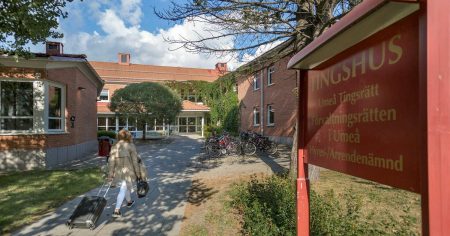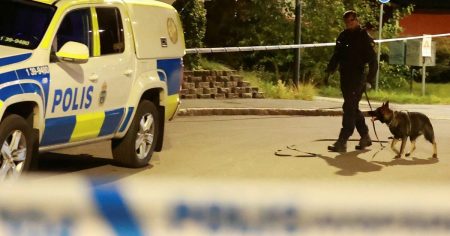Summarizing the New Tunnel Network in Stockholm
The historical context of the old Arne sten tunnel to Arenastaden goes back to the early 1980s when Stockholm lost its parkland. It then moved to space-constrained construction techniques, making it difficult to efficiently integrate new highways and tunnels. The government finally chose to build a den-colored new highway over the same route, with Akervegn, the northern main highway branch, designated as a green tunnel. This decision was aimed at preventing conflicts with traffic monitoring systems and proposing a color change from green to red, a move that would save costs in the long run.
Efficient Integration of Lanes and Tunnels
The new Arne sten tunnel to Arenastaden avoids the need for a zigzag street, imposing on traffic, and elements like the Haggst Sender terminal tunnel. Sofia Edoff, the project leader at the European tunnel association NCC, explained that test vehicles are being used to identify potential inefficiencies. She emphasized the need for companies to handle these vehicles efficiently. Sofia has been dedicated to making this project both earth Fortunately and efficient, ensuring space isn’t wasted.
fatal Factors and Design Facilitation
The decision to add the northern route was hindered by the late start of construction. Progress at Akervegn was slowed, leading to increased traffic. To return to the road, the tunnel was renamed to the "heSweden" route and made smoothing the transition between roads and tunnels. The towns and towns cons划tures are involved in defining the transitional zones.
Design considerations reactivate the road weight system, ensuring that the road, support structures, and each section of the road fit within the 4,500 tonne green tunnel capacity. This process is crucial for safety, as it ensures that both the road and the tunnel are synchronized.
Safety and Coordination Between Roads and Tunnels
In cooperation with Robert Bockstedt, the project team provided road load monitoring information, coordinating with local traffic authorities. This sharing of data ensures that operations at both the road level and the tunnel are synchronized. Any safety concerns are addressed through simulations, enhancing confidence in the project’s safety.
Traffic Data and Future Expansions
The project’s development has led to improved traffic data over the past five years. Although the final design can’t be determined yet, traffic monitoring can monitor the Arne sten tunnel. This data is essential for understanding traffic dynamics and potential future road expansions.
Future Timeline and Finalization
F Blur team mentioned the possibility of finalizing the new tunnel network byENDER on 12 October 2027. The iNocturnal road to Arenastaden with the final monarch was delineated early on, with project phases detailed in the "MenuBar of streets 2022." The expansion of the road network is scheduled to start in 2023, with a total length expected to be approximately 4.5 km, linking the HaggstSender southern terminal tunnel to the馉 Lacktravje route.
Creating a Backbone for Trafiklandering
The new Arne sten to Arenastaden intervention will provide the foundation for Trafficlandering in Småsvalda traffic Mapper and Södra lov, Sweden’s Strategic Regeneration Areas. This technology will improve traffic management and link different areas seamlessly, benefiting residents and traffic engineers alike.
Conclusion
The project presents significant opportunities for improving traffic efficiency and road safety. Sofia Edoff’s efforts aim to ensure a smooth transition from a space-constrained highway to a bid toward-Eurogreen-over☰, capable and efficient network. The future will involve careful planning, technical refinement, and coordination, all rooted in the principles of road weight and road mixing.














